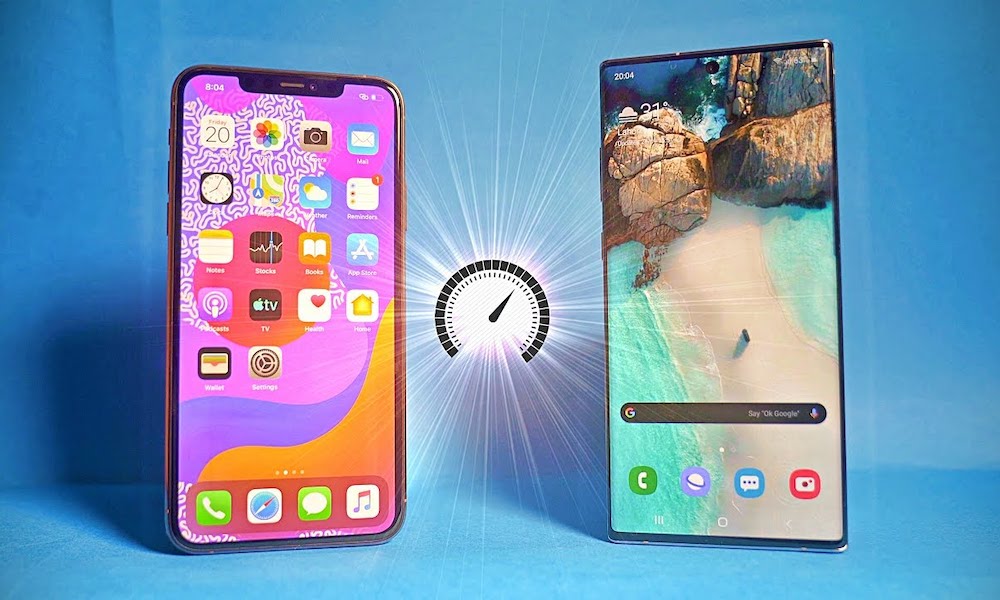Apple’s A13 Bionic Is Twice As Powerful as the Best Android Chip
 Credit: Xeetechcare
Credit: Xeetechcare
Toggle Dark Mode
You probably already know that the A13 Bionic is a powerful chip. But just how much of an improvement is it over the previous-generation A12? Hardware tech publication AnandTech found out.
AnandTech is well-known for in-depth and comprehensive coverage of internal components like CPUs and GPU, and its founder even joined Apple’s chipmaking team in 2014. Now, the site recently took a deep dive into the latest Apple hardware. Here’s what you should know.
A13 Key Findings
AnandTech’s deep-dive into the A13 Bionic and the iPhone 11 lineup is extremely comprehensive, comprising multiple pages of details, specifications and test results.
It’s well worth a full read if you’re interested in this type of thing. For those who aren’t, here are some of the key points AnandTech found.
- Apple still leads the mobile chip space with its A13 Bionic — and not by a small margin. It packs almost double the performance of the next best non-Apple chip.
- The A13 also “essentially matched” the “best” desktop CPUs that Intel and AMD offer, at least based on one benchmark.
- AnandTech found that Apple’s claims of 20 percent better performance over the A12 were consistent with their own findings.
- More than that, the A13 Bionic saw some especially impressive gains in the graphics department. The iPhone 11 Pro with an A13 saw 50 to 60 percent higher sustained graphics performance than the last generation.
- On the other hand, the A13 Bionic does consume more power during peak load. AnandTech notes that “in almost all workloads,” the A13 is less power efficient.
Other Details
As far as other interesting details, the site found that Apple has overhauled the architecture of its high-efficiency cores. The new “Thunder” cores pack 3 times the performance of the Snapdragon 855’s high-efficiency cores while using half the power.
Interestingly, AnandTech does note that Apple’s claims that the A13 Bionic is 20 percent faster while using 30 percent less energy is somewhat ambiguous. While both are true, the chip can actually only offer one advantage or the other at a time.
Another interesting detail concerns the new U1 Ultra Wideband chip. Despite its thorough investigation of the silicon in the new iPhones, AnandTech found that the chip “doesn’t do very much” at this point. That will likely change in the future.
What All This Means for Users
All of this chip jargon may be fine for people who want to get in the weeds of silicon design and manufacturing. But, for the user, all of these gains basically mean one thing: a more powerful smartphone.
Apple’s mobile chips have long lead the pack in terms of pure performance. To put it another way, Apple makes the fastest smartphones in the world. (And that’s despite the fact that many rival Android smartphones have better “on-paper” specifications.)
Based on the improvements Apple made to the A13 Bionic, that doesn’t look like it’s going to change anytime soon.






